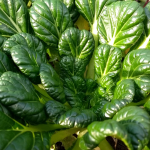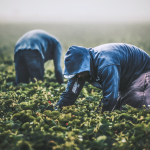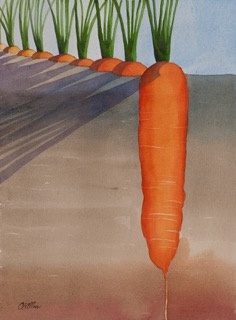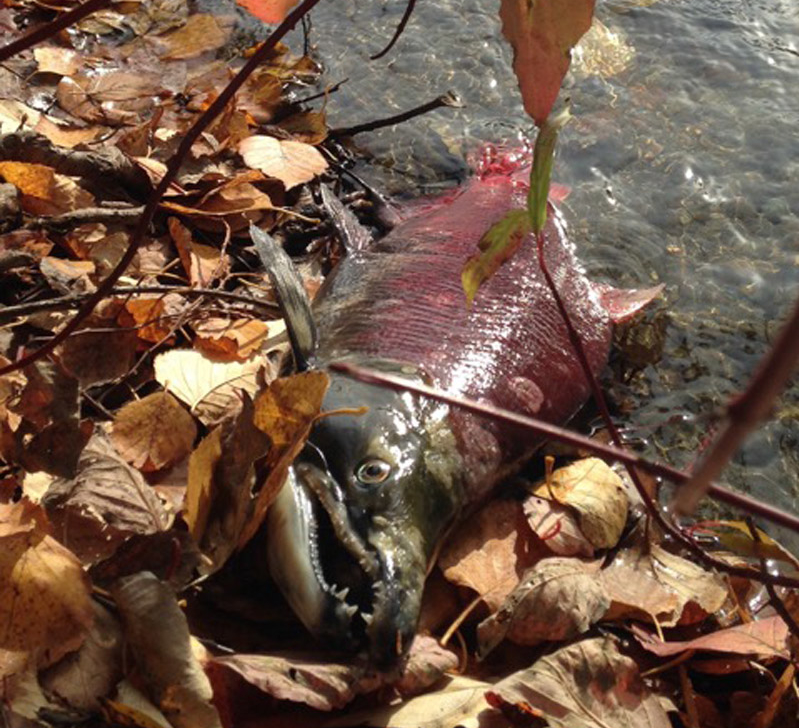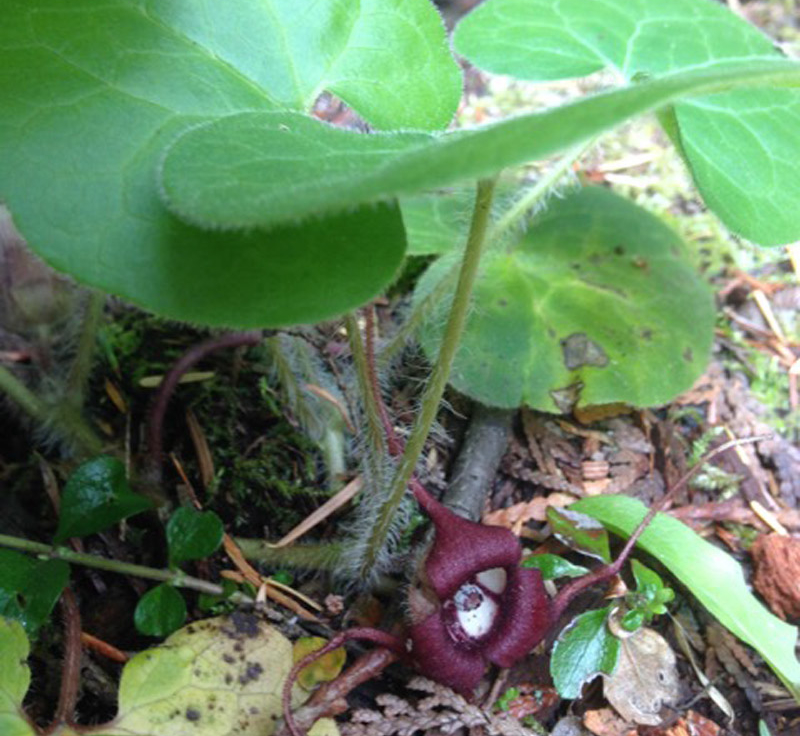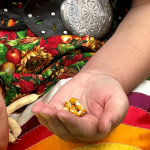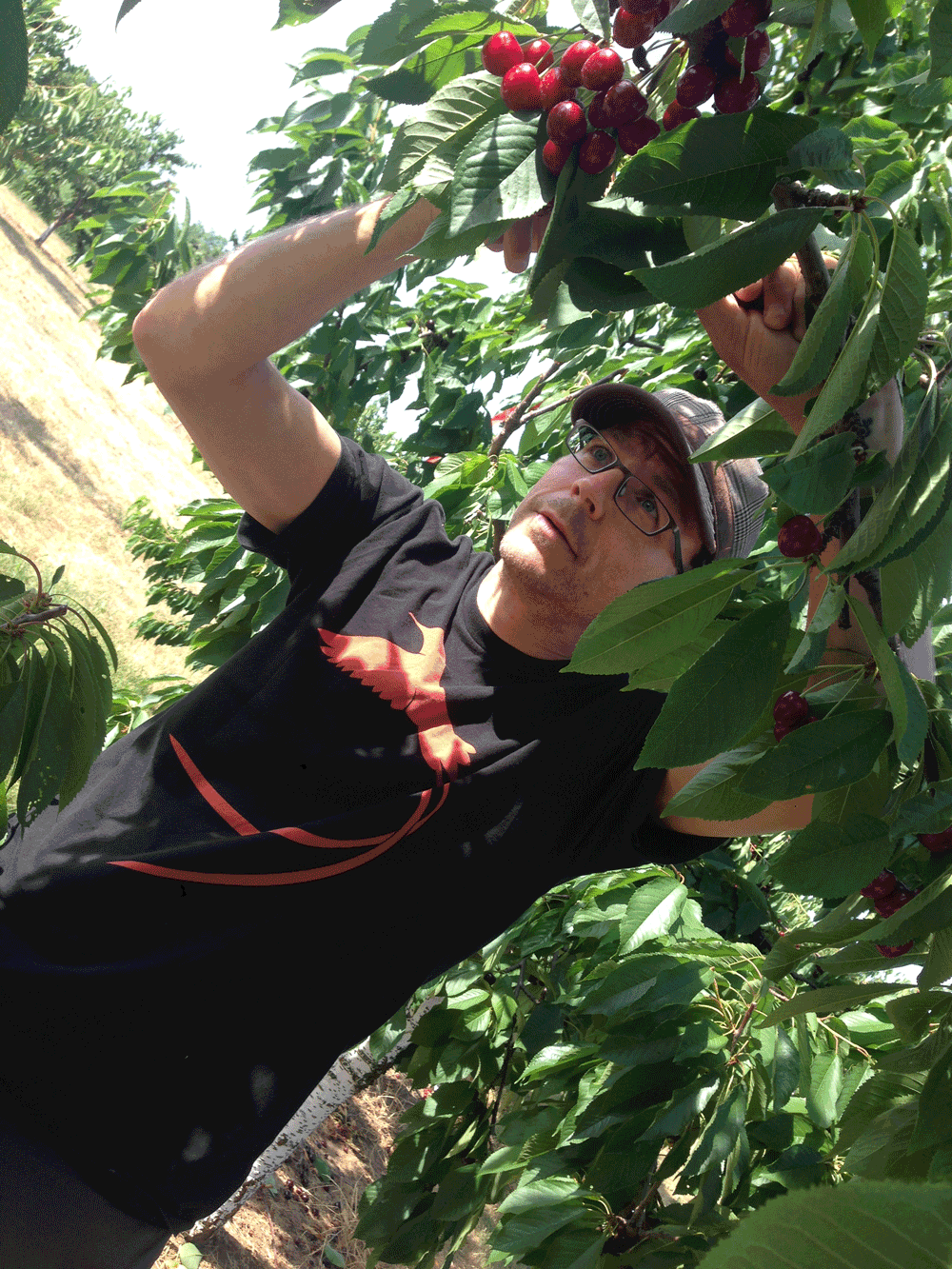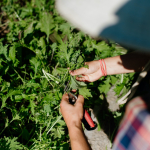Squaring the Circle? Education, Work, and Farm Internships

Michael Ekers and Charles Levkoe
Originally published by Ecological Farmers Association of Ontario in Ecological Farming in Ontario, Volume 37, Issue 2. This is part 2 of a 4 part series on research into unpaid farm labour. While the research was conducted with farms in Ontario, much of the findings likely carry over to BC.
Are agricultural internships and volunteer positions strictly about addressing farms’ labour needs or are they a new model of farmer education and social movement building that is taking place beyond the confines of urban centres and post-secondary institutions?
On the one hand, there is no doubt that forms of non-traditional labour are about work. There are many cases in which interns are working upwards of 60 hours a week on farms performing the labour that would normally be associated with a paid employee. On the other hand, farm interns often receive a tremendous amount of hands-on experiential education in everything from organic growing methods and farm finances to marketing produce and farm lifestyles (such as homesteading and rural living). Many, but not all, walk away from internships feeling invigorated and connected to a vibrant food movement.
Can the circle, that is, education and social movement building, be squared with the reality that internships are often work, and, at times, underpaid (or even unpaid) work? This has been a key question we have been examining through conversations with interns and farmers connected to the issue.
In our first article, we noted the relatively meager gross revenues of many farms that work with interns and volunteers in Ontario, but this is a trend that stretches across Canada and beyond. Cheap food policies, ever escalating land costs and labour intensive forms of farming make alternative food production a difficult economic proposition. As readers will know, a tremendous amount of work goes into planning, planting, growing, weeding and harvesting organic food and several people we spoke with suggested that interns and volunteers have become a replacement for the work that chemicals typically perform on conventional farms.
Financially precarious farm businesses are meeting their intensive on-farm labour demands through the non-waged work of interns and volunteers.
A farmer, who also works for a non-profit organization linking potential interns and farm hosts, suggested that internships are primarily about labour: “One thing that is common to all of the farms [using interns], if they are being honest, whatever they’re motivations are, they’re solving a labour challenge on their farms.” From this perspective, financially precarious farm businesses are meeting their intensive on-farm labour demands through the non-waged work of interns and volunteers.
While the question of labour clearly matters in the arrangements established between farmers and interns, the issue cannot be reduced to such a simply economic rationale. The benefits of an internship frequently far exceed monetary considerations and this is what contributes to the vibrancy of the experience for many workers and hosts, but not all. One farmer explained “The intern system is a really good one, and I think one that has value for both the farmer and the intern. Does the accommodation, good healthy food from the soil and the learning experience not have value too? What price can be put on fostering friendships and community? Intern and apprentice programs go far beyond what the intern provides to the farm.” Similarly, another farmer lauded the same benefits while stressing that “a paid position would be less likely to be a vehicle for change.” There is no doubt that internships defined by mutuality and reciprocity are a form of movement building and provide a valuable form of education, but does paying a wage necessarily detract from these facets of farm internships?
In many cases, our observations and our discussions with interns and farmers suggested that the most substantive internships were the ones that most closely paralleled what would be traditionally associated with work. When an internship looked like work, and felt like work for the interns, but was coupled with careful instruction, many non-waged farm workers reported receiving a robust education. When the internships were less structured and when the work was not overly demanding, such arrangements appeared to be more of an ‘experience’ rather than a nuanced and embodied form of education and work. This creates several interesting contradictions that are worth reflecting on.
Interestingly, many farmers stated their farm operations became more viable at a financial and functional level when they started to pay their interns and/or made the decision to hire paid workers.
Several farmers suggested that the relationship between education and work is a zero sum game in which dedicating more time to education means less work is accomplished. This, in turn, justifies the lack of pay because the benefits are non-monetary in substance. However, this is not necessarily the case if the internships that closely parallel farm work are the ones delivering a substantive and quality education to the interns. But this scenario also raises a thorny issue as farm owners and operators are open to the critique that ‘if it looks like work, it should be paid like work’. Nevertheless, some farmers have responded, “we don’t even pay ourselves, how can we pay our interns?” In contrast, others explained that “internships are inter-generationally unjust” and “that everyone should make a living wage”.
Interestingly, many farmers stated their farm operations became more viable at a financial and functional level when they started to pay their interns and/or made the decision to hire paid workers. Furthermore, they told us that expectations were clearer between interns and farm operators, workers were more productive and the farmers reported spending far less time re-training each new group of interns and volunteers while also mediating on-farm social dynamics.
These reflections leave several lingering questions. First, were the farms that transitioned away from interns able to achieve this because of their earlier reliance on non-waged workers? Second, have organic and agroecological farms that have moved towards paid workers been able to maintain their ‘alternative’ character, that is, community orientations and the commitment to social movement building?
In our next installment we will look more deeply into the social identity of ecological farm interns and the ways that this may have broader impact on the future of the food movement. If you would like more information on the project, to comment on these issues or contact us please visit our website: foodandlabour.ca.
Dr. Michael Ekers is an Assistant Professor in Human Geography at the University of Toronto Scarborough. His work mobilizes social and political theory and political economic approaches to understand the making of different environments and the cultures of labour in environmental spaces.
Dr. Charles Levkoe is the Canada Research Chair in Sustainable Food Systems and an Assistant Professor in Health Sciences at Lakehead University. He has been involved in food sovereignty work for over 15 years in both the community and academic sectors. His ongoing community-based research focuses on the opportunities for building more socially just and ecologically sustainable food systems through collaboration and social mobilization.



